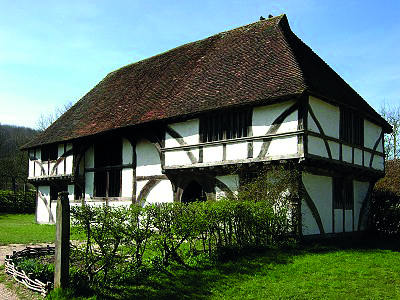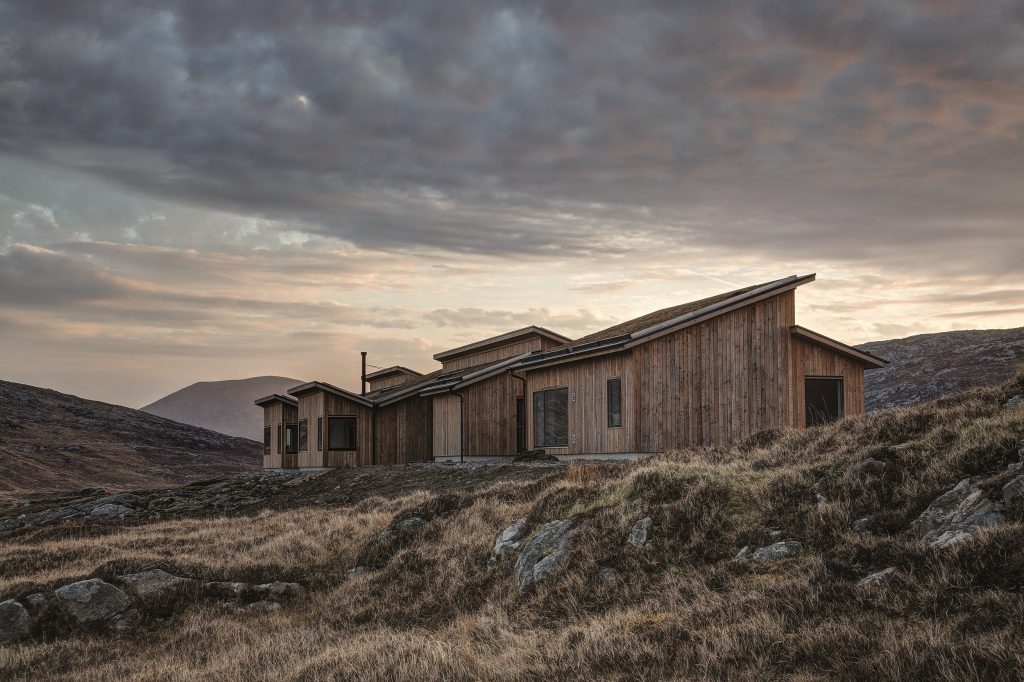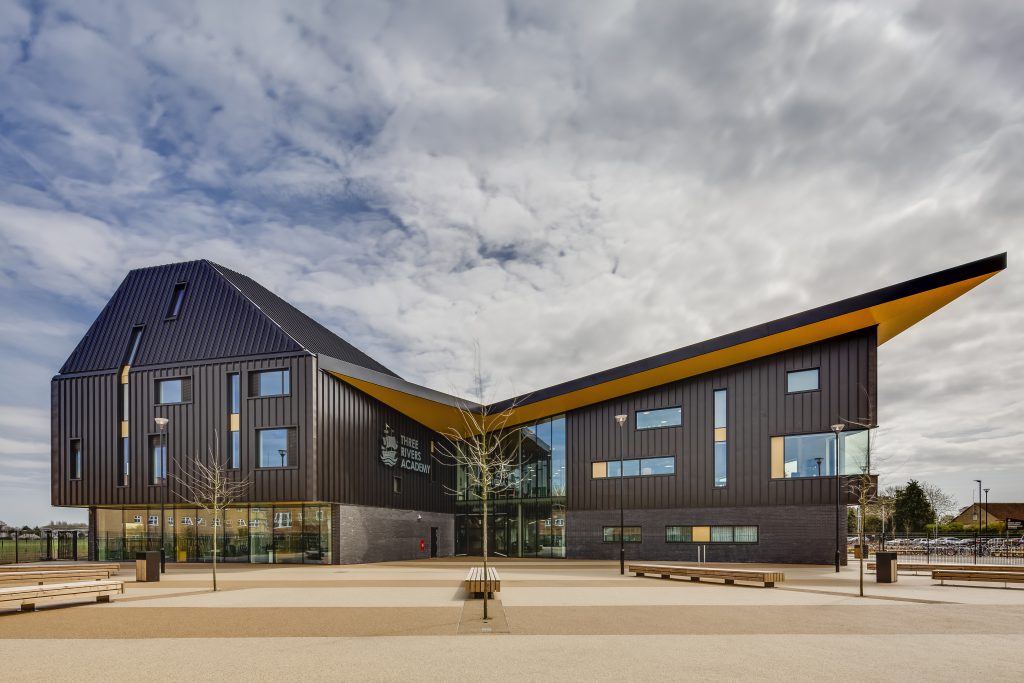Buildings are complex assemblies of different materials and conditions where defects and issues can lead to deterioration before the design life is achieved. No building or material is designed to last forever, so design life is an important point to understand and establish. Potential defects can be a result of how the building was designed and constructed and how, or if it has been maintained.
Of course, there can be a change in circumstances that alters the movement of moisture, which may cause deterioration in the building, and the question of “what if?” should be part of the design process and included in the operations manual, so all stakeholders are aware of their responsibility. Through the design process, construction process and in service, a moisture management strategy is recommended for all buildings.
Many structural timber-based buildings have stood for centuries all over the world. The STA has spent time reviewing what differentiates a good durable building from one that can become defective from moisture ingress. The findings are not surprising in that good practice can be found when projects are planned, designed, built, and maintained by those who understood the building materials used.
Durability is a key component of sustainability that reduces waste and must be considered before making a large investment in a building. Although structural timber systems are capable of meeting service-life objectives, as with any material there are potential threats to longevity to be considered. There is a need for more systematic procedures to engage professionals to review durability as a topic throughout the building process. Moisture management strategy for building projects provides appropriate attention to design and installation which is required to ensure long-lasting buildings.


The guidance objective is for a systematic process based on the RIBA Plan of Work, where time and effort are given to consider and mitigate the risk of defects that may come from moisture entrapment during the construction process and in-service.
This guidance provides the industry with additional knowledge and the benefit of experience that is needed to connect the ideas of the design team with the outcomes of site installation. It is good practice to embed into the construction process the opportunity to stop, look and act on designs – and also to be aware of warning signs during construction or in-service that indicate if moisture may be causing distress to the structure.
